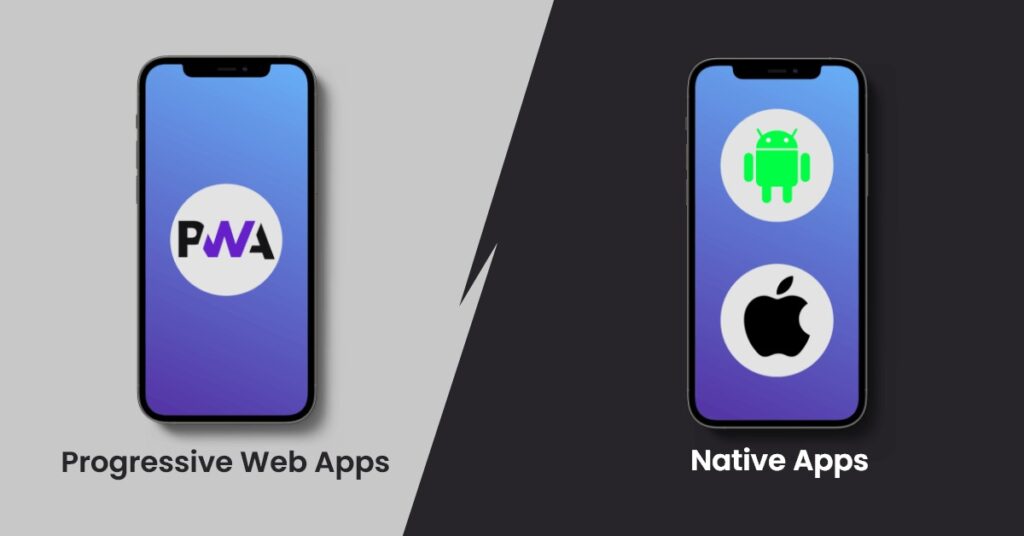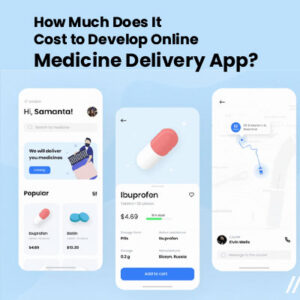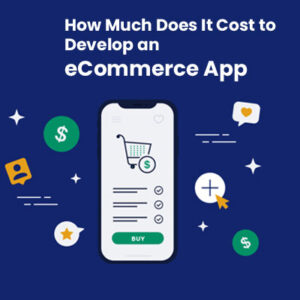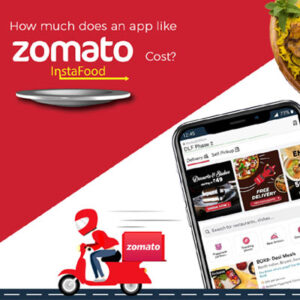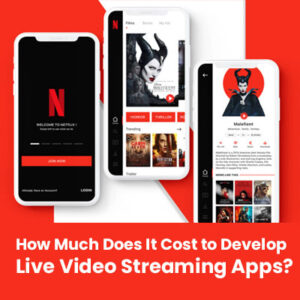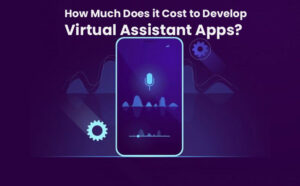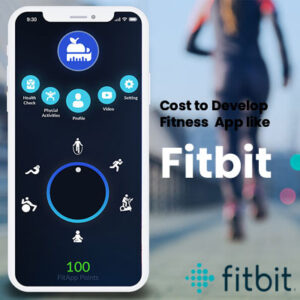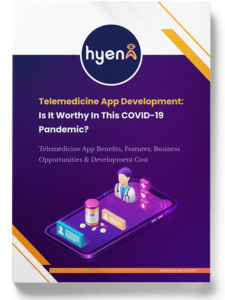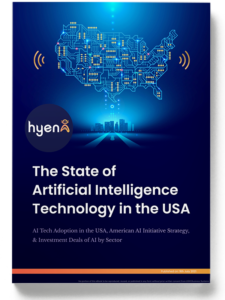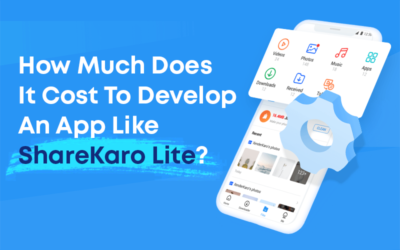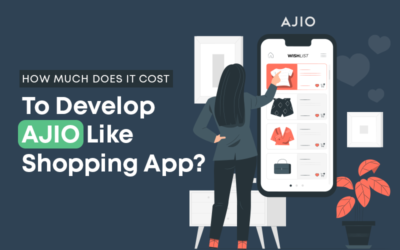PWA vs. Native App: Find Your Best Fit in 2025
PWA vs Native App: Find Your Best Fit in 2025
In today’s mobile-first world, businesses are constantly seeking the best way to deliver seamless experiences to their users. With over half of all web traffic now coming from mobile devices, the choice between Progressive Web Apps (PWAs) and Native Apps (PWA vs Native App) has become a critical decision for companies aiming to strengthen their digital presence in 2025.
PWAs and Native Apps differ in their features and benefits. PWAs would give much more integrated and platform-specific experiences, whereas native apps bring together the features of mobile apps and the huge reach of websites. We compared the cost, performance, and user experience of PWAs and Native Apps for you in this article. You can clearly understand which is best for your business in 2025 and beyond.
What are Progressive Web Apps (PWA)?
PWAs (progressive web apps) are web-based programs that behave similarly to mobile applications. They leverage modern web technologies to give a user experience that is similar to that of a native app. Unlike app stores, PWAs are accessed through a web browser.
PWAs are more flexible and economical for a business since they need not provide different versions for each operating system, such as Android or iOS. One of the most impressive features of a PWA is its ability to work across platforms in that one can access it even with no internet. PWAs can work effectively on any browser-enabled devices, including desktops, tablets, and mobiles.
What are Native Applications?
Native apps are developed for an operating system, for instance either Android operating system or iOS operating system. Such applications are usually programmed in the platform-specific languages Java, Kotlin, Swift, or Objective-C. Users can be downloaded native Android apps from Google Play Store and iOS apps from Apple App Store.
The other reason for which native apps have a superiority edge is hardware integration. In comparison with web-based applications, they have complete control over aspects like camera, microphone, and GPS.
So, native apps typically provide better user experiences and faster performance, particularly for intricate or resource-intensive tasks like gaming or streaming videos.
However, you would need to develop separate apps for each platform. This not only raises the budget but also reduce the development time. Nevertheless, it could be a proper investment for enterprises with very high-performance demand and significant integration requirements.
Comparison Between PWAs and Native Apps
-
Performance Comparison
PWAs are renowned for their speed and reliability. They load faster than traditional webpages because they use caching, which saves vital material for easy access. So, even if a user’s internet connection is bad, the PWA will continue to work normally by retrieving cached data. This process is handled in the background by service workers, a main element of PWAs. When handling complex processing or functionality, PWAs could be less effective.
Native apps maximize the capabilities of the device’s hardware and software since they are specifically designed for the platforms on which they operate. So, they are usually more efficient and faster, especially when handling graphically intensive tasks like video editing or gaming. Native apps are often trustworthy because they run directly on the device and don’t depend on internet connections.
-
User Experience
Progressive web apps will ensure uniform user experience across devices and platforms. Since they run inside a web browser, users do not need to download or install anything. In this way, businesses can reach more people without bothering about app store approvals or device compatibility.
PWAs also update automatically, so users always get the latest version without having to manually update the app. However, PWAs are limited in terms of integrating with the device’s hardware. Though they can access features like push notifications and offline mode, progressive web apps don’t have the same level of control as Native Apps. Features, such as contacts, Bluetooth, and advanced camera, are difficult to utilize since they limit the users’ experiences.
Native apps provide a more responsive and immersive experience because they are designed exclusively for their platform. They feel more interactive because they can use all of the smartphone’s functions, including the camera, GPS, and gestures. Additionally, native apps are made to feel and appear like they are a part of the operating system, which can make using them more seamless.
-
Market Reach and Accessibility
The primary advantage of PWAs is that they work on any device that has a web browser. The friction of app store logins and installation delays is eliminated because users do not need to download or install the app. So, businesses can use even a single product to reach a wider audience. PAWs enable users to access the app even in the event of a weak or non-existent network connection. Hence, they are useful in locations where internet access is limited.
In addition to that, they are lightweight and less data-intensive. Its broad accessibility ensures businesses can communicate with a more diverse group of clients.
Since native apps are distributed in the app stores, access is likely to be limited. Indeed, though many users can download apps through Google Play or from the Apple App Store, this still represents one more step than PWAs. Others may avoid downloading apps from less internal storage or do not want to have cellphones just fill up with more new apps. Presence in the app store will contribute to credibility. Customers would more likely believe and use applications coming from authentic app stores, app rankings, and based on user reviews.
-
Security Considerations
PWAs are secure because they must employ HTTPS, which ensures that all data transmitted between the user and the app is encrypted. This protects consumers from common web-based threats like man-in-the-middle attacks. PWAs also lack direct access to certain critical device functionalities, lowering the security concerns associated with permissions.
However, because PWAs are still considered websites, they may be more vulnerable to web-based assaults such as cross-site scripting (XSS) if not properly secured. Developers must adhere to best practices to maintain a high level of security.
Native apps tend to have more powerful security measures. Since they are developed for specific platforms, they can take complete advantage of the security tools provided by the OS. For instance, app sandboxing isolates the app from other processes. To provide consumers more control over their data, native apps often request permission from the user for sensitive services like access to contacts, location data, or camera use.
Native Apps must go through app store verification procedures to boost security. Although no system is perfect, Native Apps are often safer than web-based counterparts due to a combination of platform-specific security features and app store certification.
-
Push Alerts and User Involvement
One of the main benefits for increasing user engagement is their ability to provide push notifications. Users can stay updated and involved with these notifications even when the app is not active in the browser. But there are few limitations. For example, PWAs cannot push notifications on iOS which can restrict their ability to reach larger audience.
Push notifications for PWAs might encourage re-engagement despite these drawbacks, especially on desktop computers and Android smartphones. Applications like news, e-commerce, and others that depend on regular updates to draw users in need of this feature.
Push notification functions are more advanced in native apps. Their can send notifications with interactive components, videos, and photographs. Native apps can use other device capabilities, such as vibration or sound, to boost notification visibility. They also allow users more control over how and when alerts are sent.
Furthermore, by categorizing users based on their behavior, Native Apps provide personalized notifications, which have the potential to significantly increase engagement. Push notifications for Native Apps are fully supported by both iOS and Android, making them a more reliable way to reengage consumers across both platforms.
When Should I Choose a PWA?
PWAs are suitable for businesses seeking broad accessibility without incurring the high cost of developing distinct apps for each platform. Startups and small enterprises with low finances can profit from PWAs as they need to create one app that works on all devices.
Progressive web apps are also suitable for organizations that look for regular updates they do not require app store clearance. E-commerce, news media, and service-based enterprises (such as restaurants) can all benefit from PWAs’ simplicity of use, minimal data usage, and offline capabilities. Furthermore, if a company wishes to eliminate app store dependence and focus on SEO, PWAs are an excellent choice.
When Should I Choose a Native App?
Native apps are ideal for organizations that require high performance, sophisticated functionality, and deep connection with device hardware. Native applications provide a more smooth and seamless experience whether your program uses the camera, GPS, Bluetooth, or complicated motions. They are particularly ideal for businesses in industries like gaming, finance, healthcare, and entertainment, where advanced features and a premium user experience are essential.
Native apps are also a better option if customization is a major part of your plan. They provide deeper engagement through user-specific data, configurable notifications, and access to device capabilities like biometrics for increased security.
Although creating Native Apps for iOS and Android require more resources and time. The finished product is usually more well-designed and functional. Native apps are perfect substitute for companies looking to boost long-term engagement and offer top-notch functionality.
Conclusion
Both PWAs and Native Apps are great opportunities, and the final choice is of course yours. Think of all the pros and cons, and target your market, as well as your business needs and the kind of user experience you want to deliver. If you could not decide which app to choose, then connect with an expert mobile app development company, like Hyena.ai.
At Hyena, we understand that choosing the right mobile app solution is crucial for your business’s success. Whether you need the cost-effectiveness and broad reach of a PWA or the advanced functionality of a Native App, our team of expert developers can help you create the perfect solution tailored to your needs.
Contact us today for a free consultation and let’s discuss how we can help you build an app that drives growth and delivers exceptional user experiences in 2025 and beyond.
